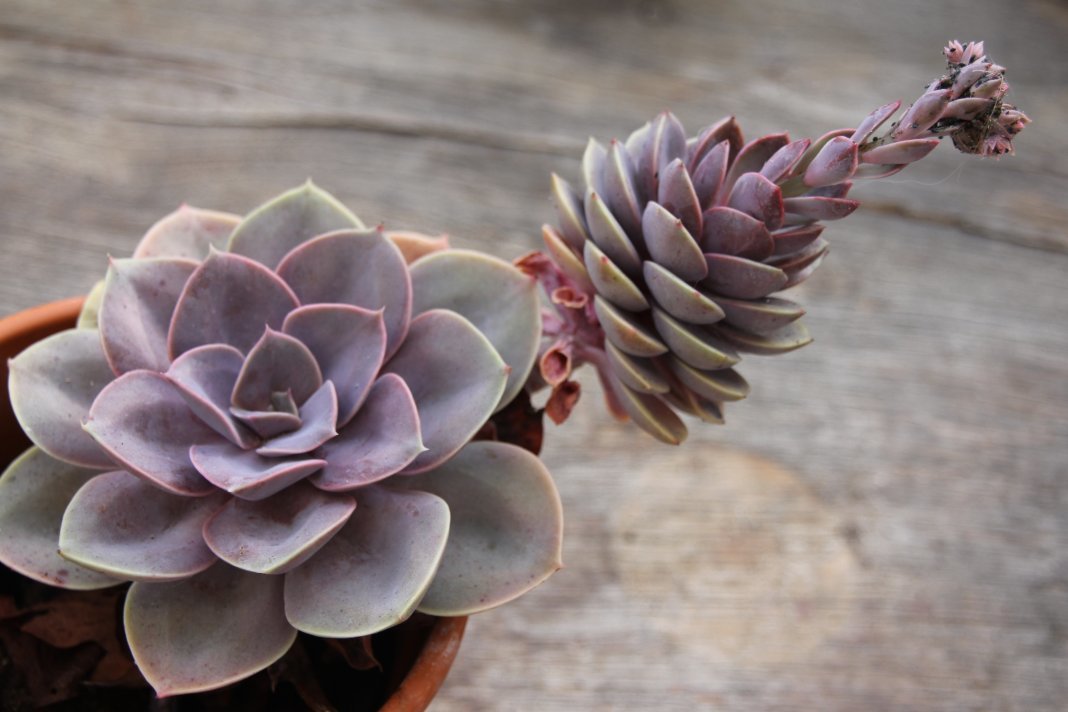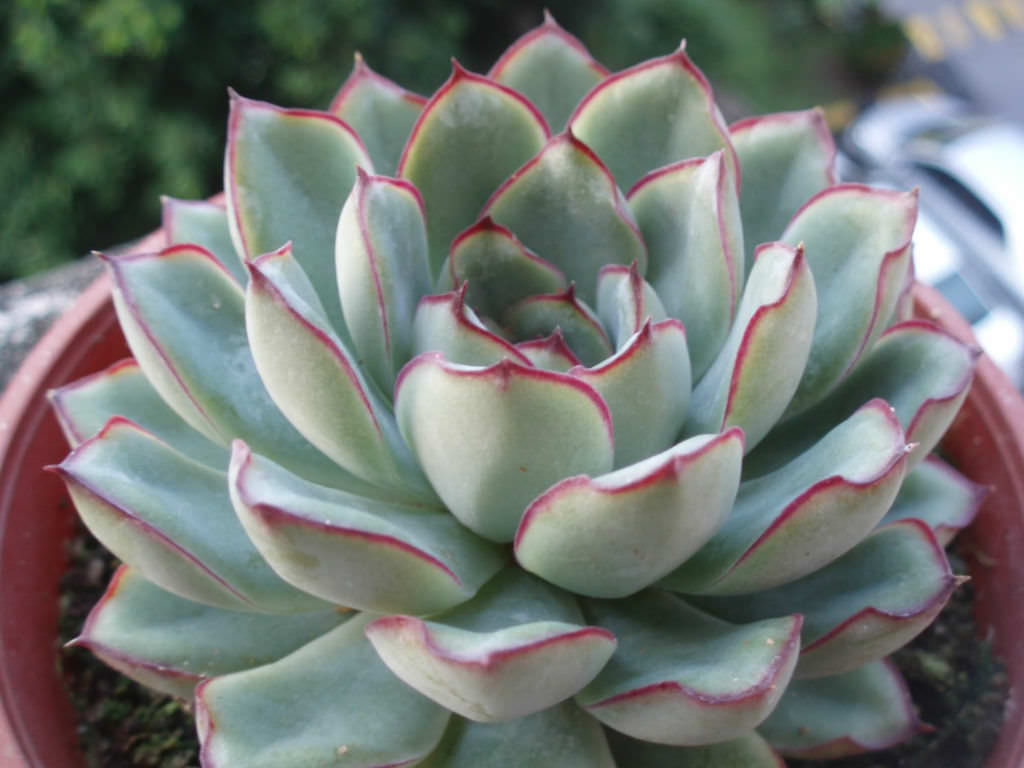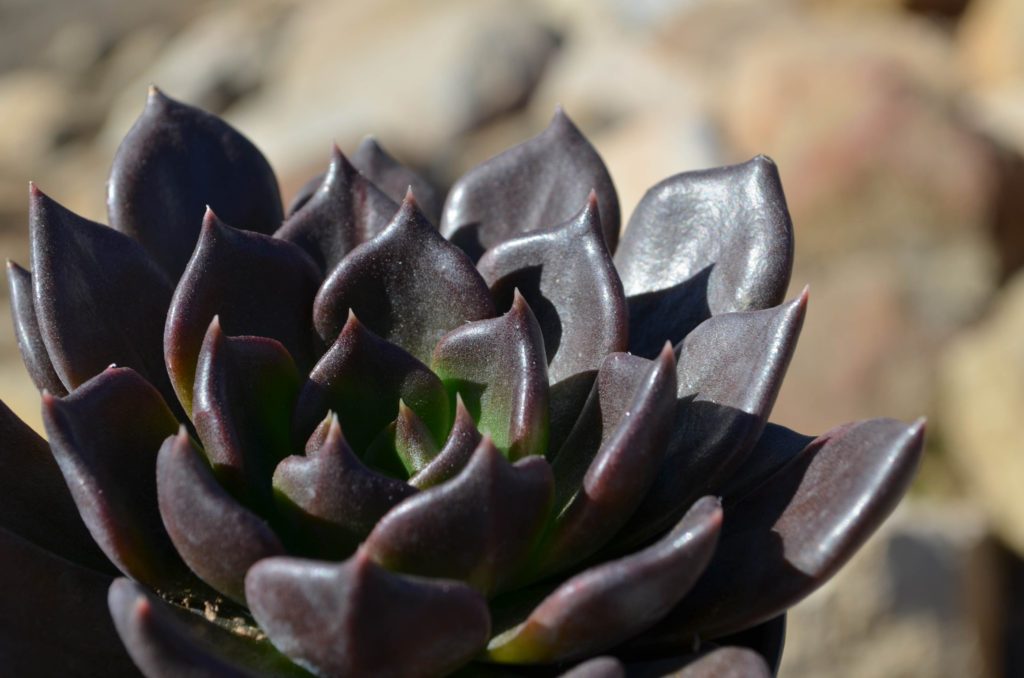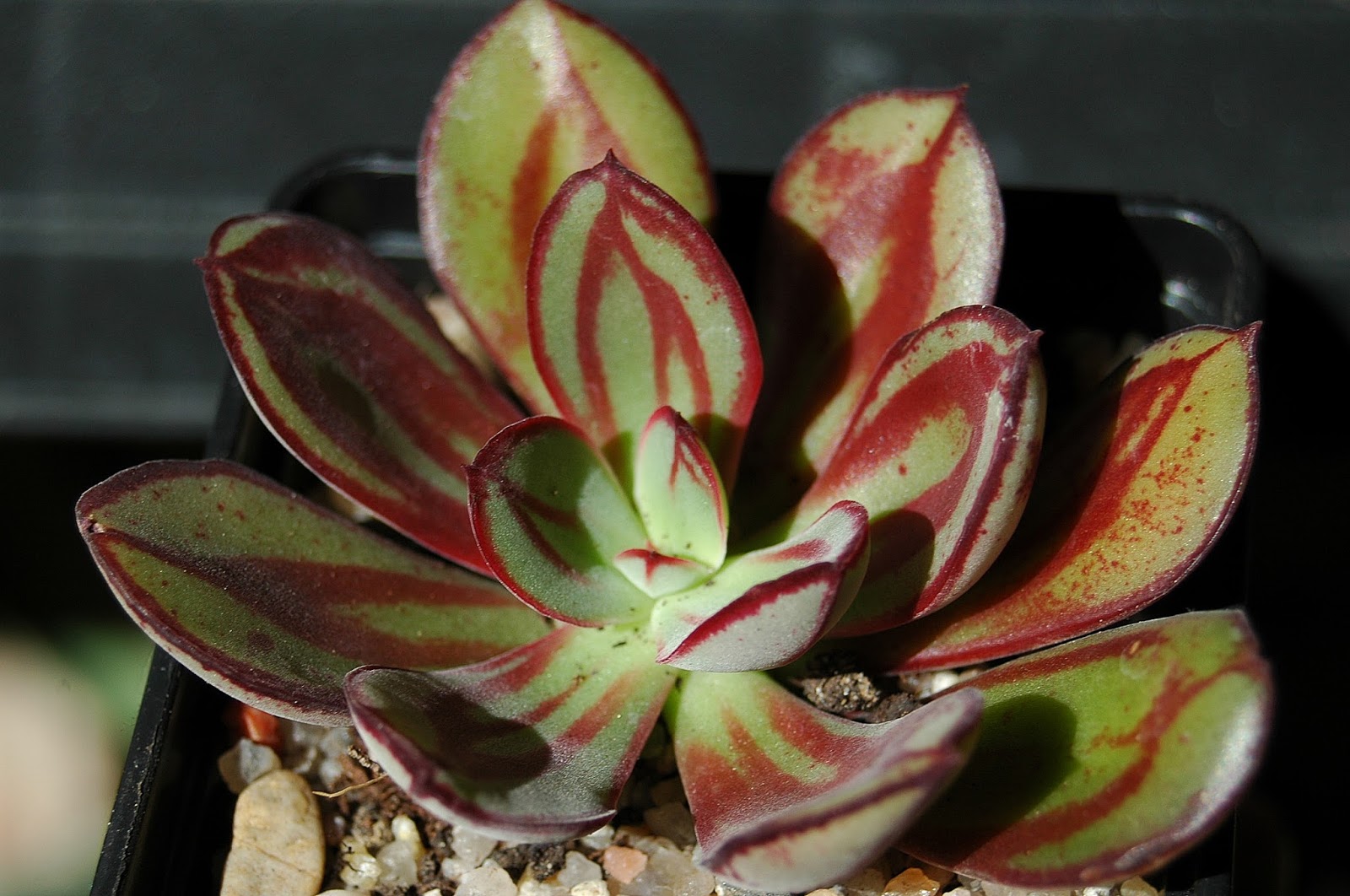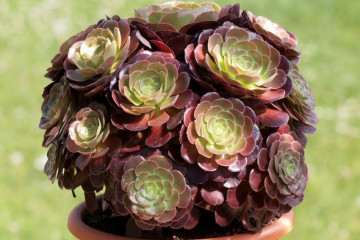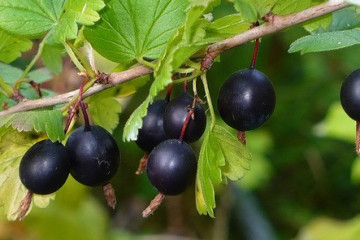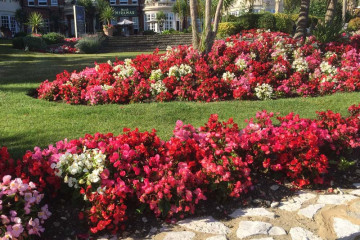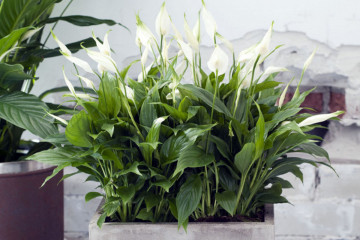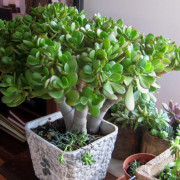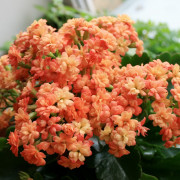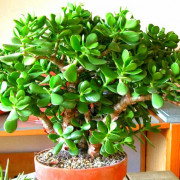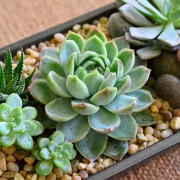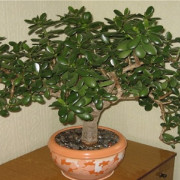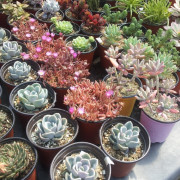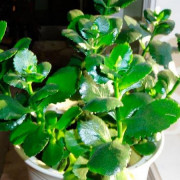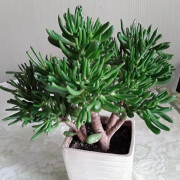Echeveria - species: agave, Pulidonis, Black Prince, Purpuzorum, Lilacina
Content:
Echeveria is a perennial succulent culture that belongs to the Tolstyankov family. In its natural environment, the plant is most often found in the territory of North and South America. Due to the popularity of echeveria, today it has begun to be grown in many countries as an ornamental or indoor crop.
Echeveria: species suitable for growing at home
All types of flowers are distinguished by their beauty and unusual leaves. Each culture is beautiful and charming in its own way. There are dozens of varieties of succulents with unusual names:
- echeveria Setosis;
- echeveria Cube;
- echeveria Lola;
- echeveria fluffy;
- echeveria Taurus;
- echeveria cushion;
- gray echeveria;
- echeveria is minimal;
- echeveria agave;
- echeveria elegans;
- Miranda;
- Orion;
- Black Prince;
- Knights;
- Sirius.
The article provides a description of the most popular types of succulent culture. But before starting to study, it is worthwhile to figure out how to name a flower - Echeveria or Echeveria. These are two absolutely identical names that denote the same succulent. However, in Russian, the first option is used more often.
Echeveria agave
Agave has a bushy shape that looks more like a water lily. Most often, the inflorescence is presented in the form of a lotus with fleshy petals and a shortened stem. This species is distinguished by wide and dense leaves, which are oval and pointed at the tips. Their size can vary within 4-10 cm.
The color range of inflorescences is varied. It depends on the vegetative period. For example, during dormancy, the plant is colored dark green, and during flowering, the color acquires a bright red hue. A distinctive feature of the succulent is the presence of white bloom on the leaves. It can be seen before the growing season. It falls around the end of spring and early summer.
Echeveria Pulidonis
Pulidonis is a variegated succulent with a stem rosette up to 17 cm in size. A distinctive feature of the species is dark green leaves elongated in shape, which taper slightly at the edges. Their length stretches by 8-10 cm. The plant itself has a greenish-blue tint and a red edging of leaves. The growing season of the plant falls in the middle and end of summer. At this time, the succulent grows and becomes tall. On the stem rosette, small flowers of a bright yellow hue develop. Their shape looks like a bell.
Pulidonis is used as an indoor and decorative culture. In the process of home growing, the volume of the outlet can be regularly adjusted and reduced so that the succulent does not grow to a large size. The flower is unpretentious in care. The only important condition for full growth is the presence of bright light indoors or outdoors. Reproduction takes place by leaf and cuttings method.
Echeveria the Black Prince
The Black Prince is considered a hybrid variety.Its distinctive features are dome-shaped leaves of a dark green hue with a purple border, similar to a rainbow, and an elongated stem rosette reaching 14 cm in din. The flower is planted for the improvement of premises and summer cottages. The growing season falls in mid to late August.
The Black Prince is also unpretentious in care. For its full development, it is necessary to choose competent lighting and water it in a timely manner. For the rapid formation of inflorescences, it is also necessary to periodically adjust the size of the stem rosettes.
Echeveria Purpuzorum
Purpuzorum is a herbaceous succulent that has no stem. The leaves are domed, fleshy and dense. Their size reaches 6-7 cm. The flowering period falls in early spring (mid-late March). Small flowers usually form into a single inflorescence that grows up to 20 cm in length. The inflorescences are yellow and orange. Their length is kept at around 2-3 cm. Echeveria Purpuzorum needs periodic mineral fertilizing, regular watering and good lighting.
Echeveria Lilacina
Echeveria Lilacin is most commonly used for home growing in pots. The plant is distinguished by a large stem rosette, the size of which reaches 40 cm in length. With proper care during the year of active growth, the succulent can form additional rosettes and leaves. Lilacina is picky about leaving. In summer, she needs a humid and warm climate with an average temperature of 25 ° C. In winter, the plant develops at 15 ° C.
The growing season falls in mid-spring (April-May). The culture does not bloom for long, only 2-3 weeks. The flowers themselves appear from the middle of the rosette, their length is kept at around 2-4 cm. Their color is yellow or orange.
Echeveria Derenberg
The Derenberg variety is a variety characterized by small cylindrical leaves. They are small in size, up to 4 cm in length and up to 2 cm in width. The color of the plant is dark green with a white bloom. A distinctive feature is a brown border along the edges of the leaves. The flowering period is from late spring or early summer. The duration is 3-6 weeks. The inflorescences are small and tulip-shaped. Their length varies within 4 cm. The color is dark orange with a red border.
Echeveria Topsi Torvi
Topsi Torvi is a blue-white succulent plant with an unusual shape. At the inflorescence, all the leaves are curved back. Thus, they create a symmetrical and original rosette, similar in appearance to an open flower.
Succulents need sunlight for productive growth. The flower can be exposed to direct sunlight. You will also need periodic feeding with organic and mineral fertilizers. Watering is carried out with caution; in winter, the plant needs to be watered 1-2 times a month.
Echeveria Rainbow
Echeveria Rainbow is considered a hybrid plant. Typical signs:
- domed leaves of dense and fleshy structure;
- dirty pink color;
- dark green leaves.
The growing season falls at the end of spring. The hybrid blooms for about 3-5 weeks. The plant has good disease immunity and drought tolerance.
Echeveria Pulvinata
Echeveria Pulvinata comes out of the dormant period in early spring. Its leaves are gray-green in color. Inflorescences bloom gradually, from bottom to top. Their color changes from dark orange to fiery red.For full-fledged growth, you should observe the mode of moderate watering and periodic feeding. A prerequisite for growing is to create the brightest possible lighting in the house.
Echeveria Elegance
Elegance, or graceful echeveria, is a plant with a sessile rosette and light green leaves. You can also distinguish this species by a light, barely noticeable bloom. The flowering period occurs in the early summer. This is because the flower is very fond of sunlight and warm weather. The culture blooms with small flowers of bright yellow color. Peduncle in length most often reaches 27 cm.
Echeveria Nodulose
Nodulose is a type of succulent with a small size. In length, the culture grows up to 20 cm. The leaves are tear-shaped, their color is light green with iridescent eggplant intersperses. The flowering period is in late March or early April. At this time, the undersized flower is covered with voluminous buds of a bright red hue.
Rejuvenated and echeveria: differences
Rejuvenated and Echeveria are very similar in appearance, they can even be confused. To prevent this from happening, you need to familiarize yourself with the main differences:
- the young have no stem, and the rosette develops directly from the soil. Echeveria most often has a slightly pronounced stem;
- the leaves of the American succulent are more fleshy and dense, while the leaves are thinner rejuvenated;
- Echeveria flowers are usually located on a rising stem, and in a young one they are located directly on a peduncle.
Echeveria is a beautiful and original flower that is used to decorate rooms and summer cottages. The plant is distinguished by a variety of species, colors and shapes. Significant advantages of culture are unpretentiousness in care and resistance to drought.
